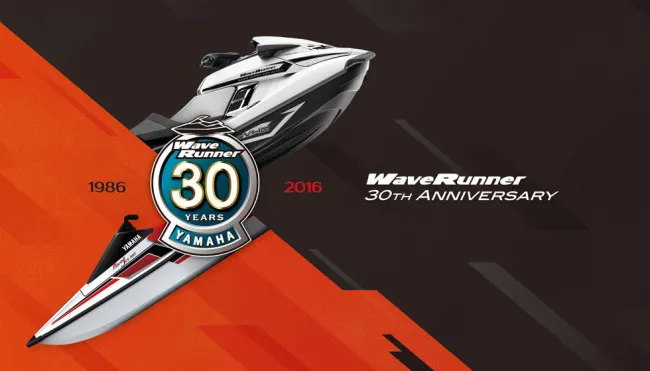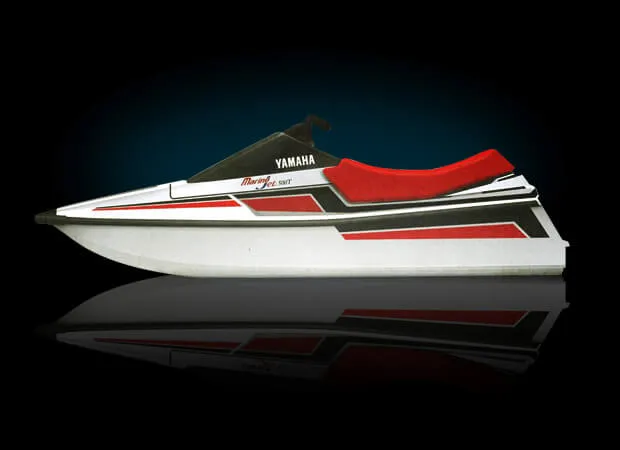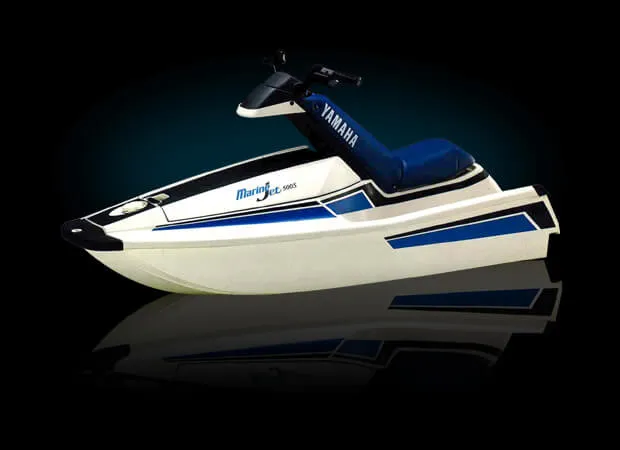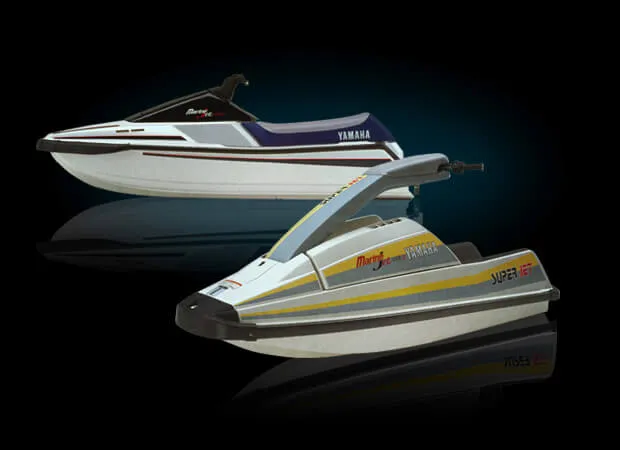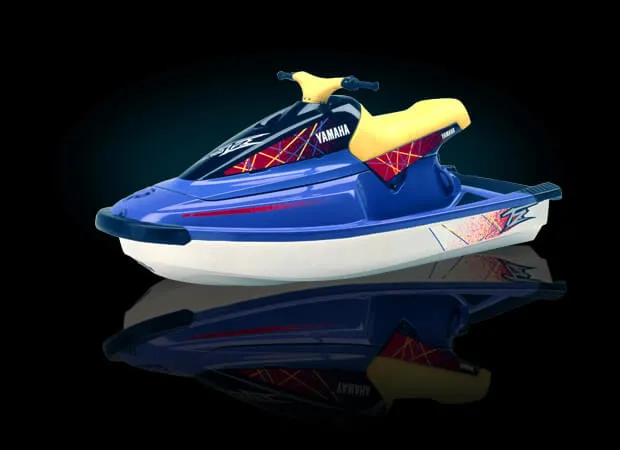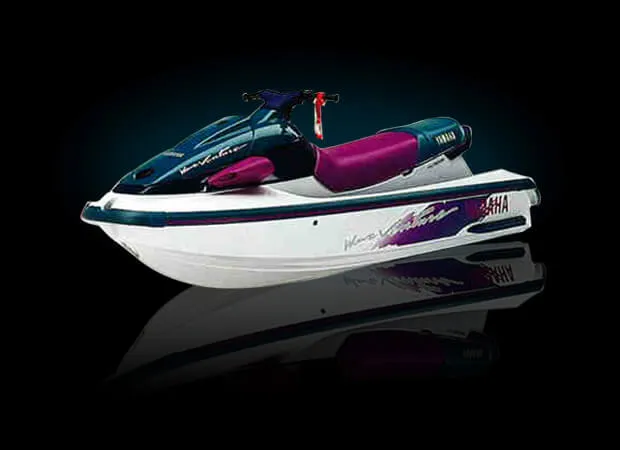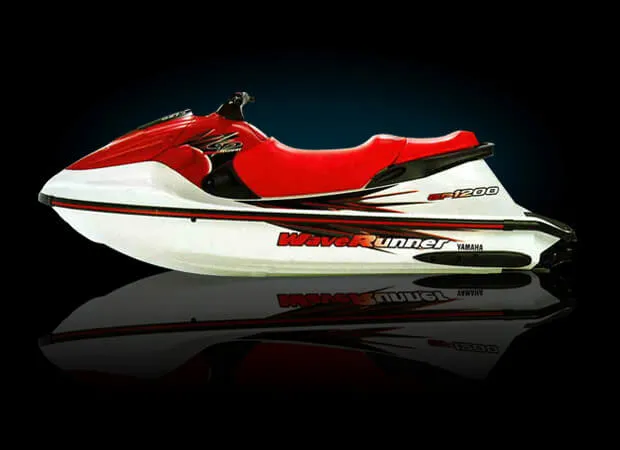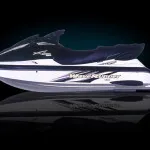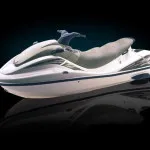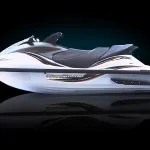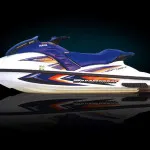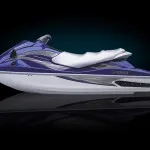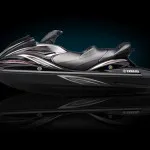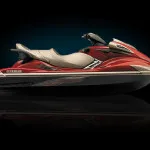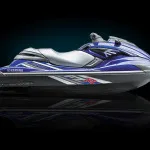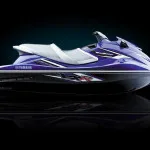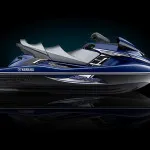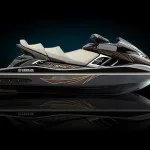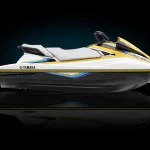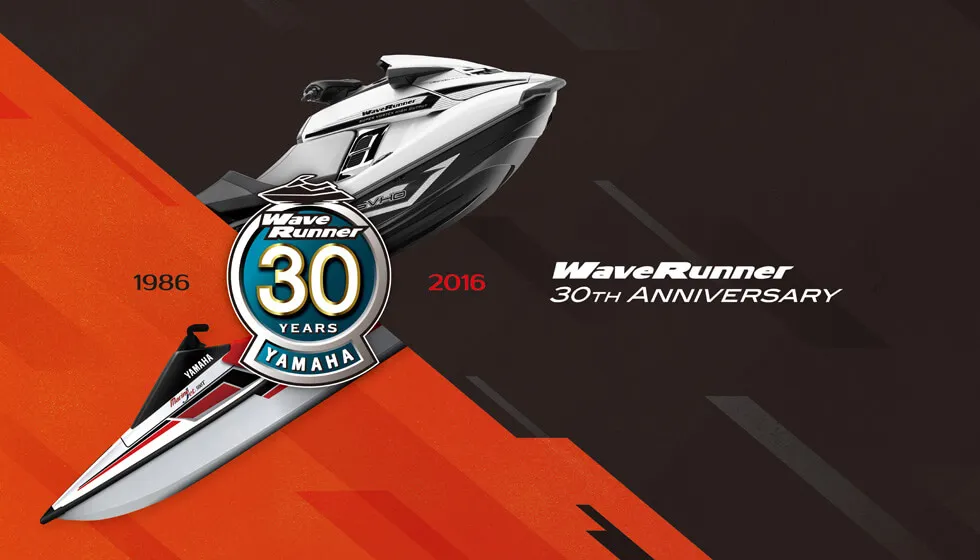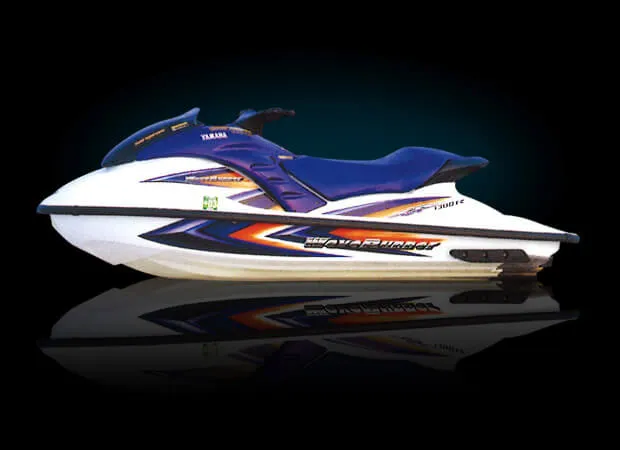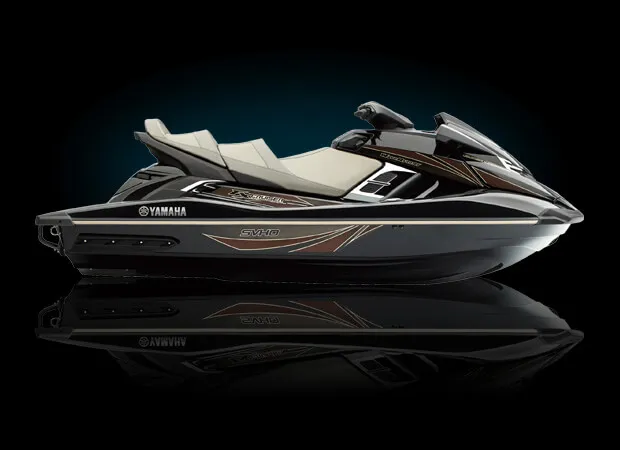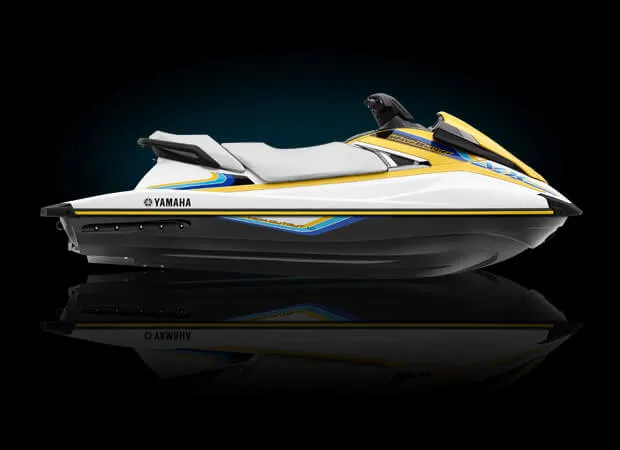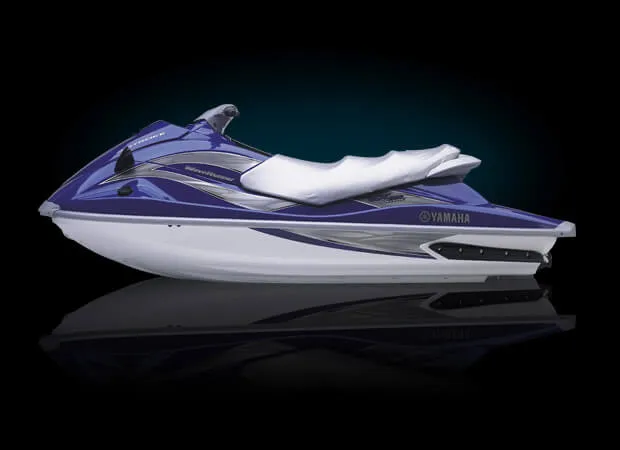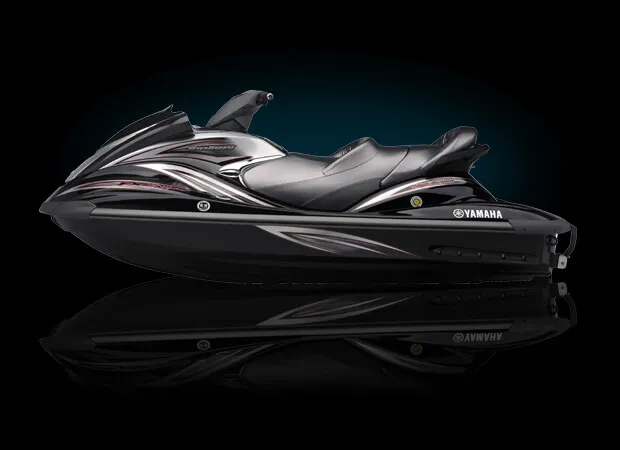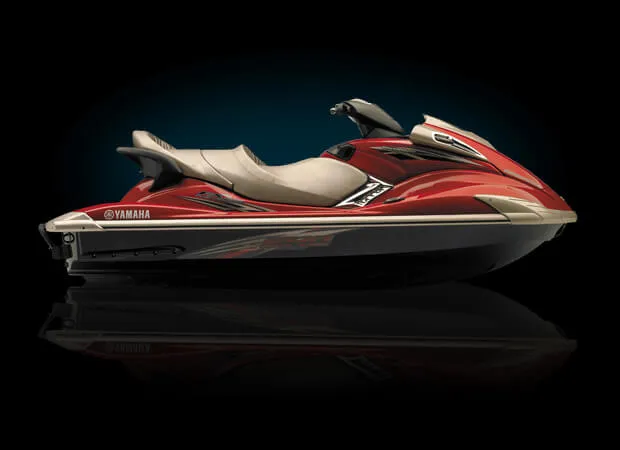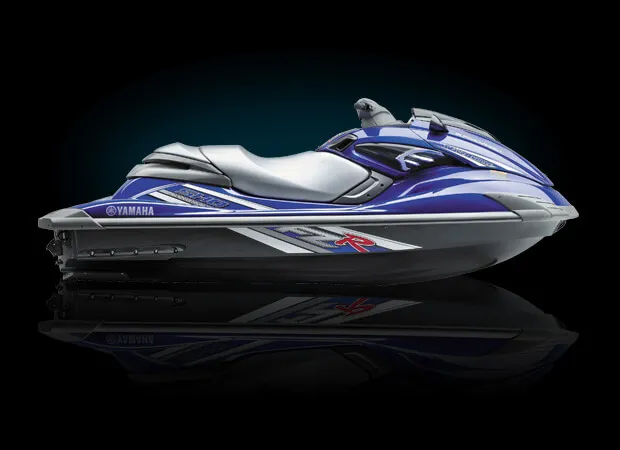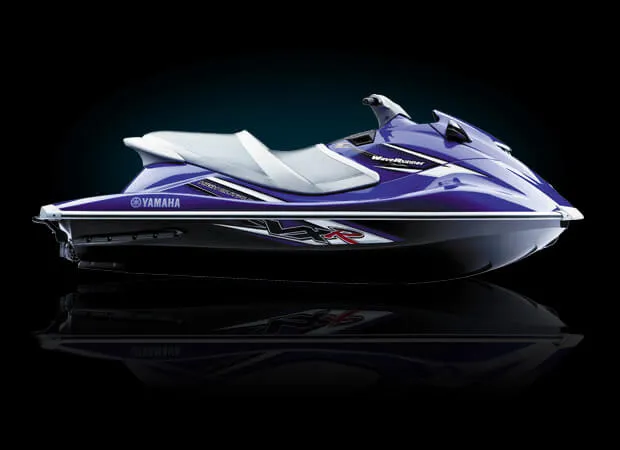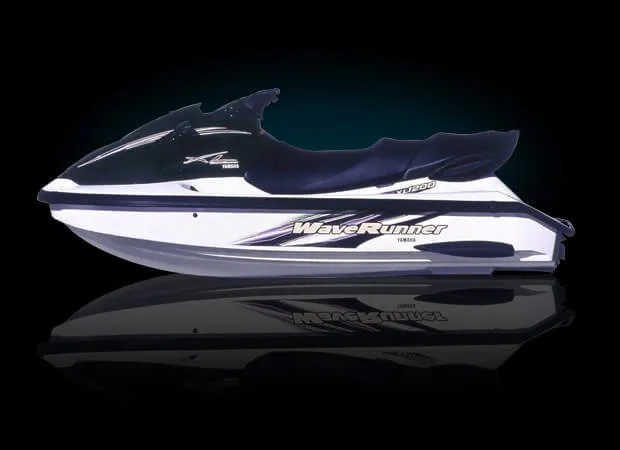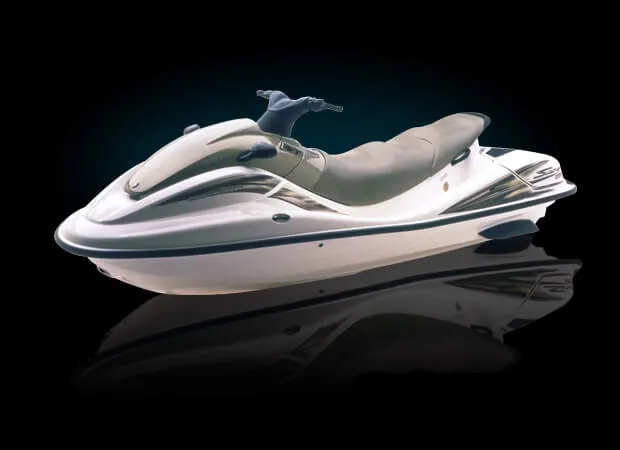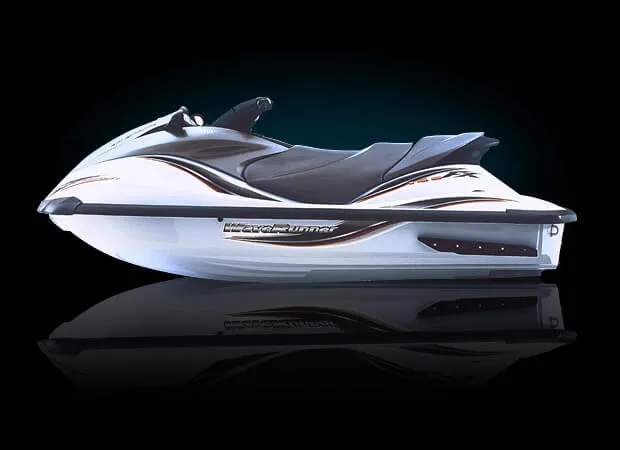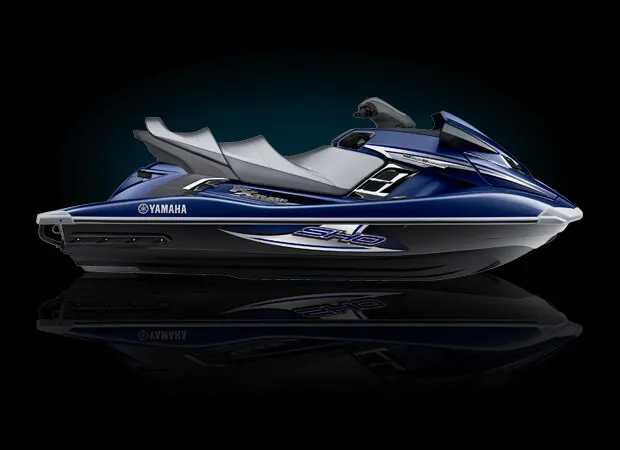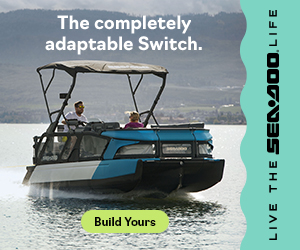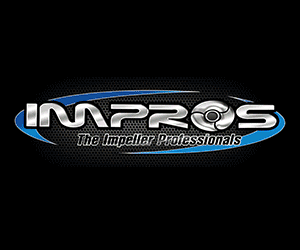“It all began in the early 1970’s,” explained Yamaha chief designer of boats and water vehicles, and development manager at that time, Neil Kobayashi. “I was stationed in Shonan, the center of Japan’s marine leisure. At this time, as there was no need for licenses or certification on small watercraft, people were free to use the water areas how they felt taking responsibility for themselves… marine leisure was thought of not being available for everyone and really only the elite – I remember thinking about possibilities to provide this type of enjoyment in easier ways for the more average person.”
2016 marks the 30th anniversary of the industry’s longest running, two-person tandem personal watercraft, the Yamaha WaveRunner. “As I had only just joined the company, on a technical level, I was not in a position at which I could exercise any authority. Even so, I felt that I would one day like to make a craft of this type. This was the opportunity to create the WaveRunner,” Kobayashi prefaced.
At the time, the development of small, personal watercraft was already popular overseas, with only a few companies producing such craft. At the same time, Japan created the Ministry of Land, Infrastructure, Transport and Tourism who, in conjunction with the Japan Marine Industry Association, began requiring licensing and registration for such craft.
As a result, in 1980, Yamaha issued “water-bike special standards” to create the legal framework required for people to enjoy marine leisure safely, all in preparation for Yamaha’s development of personal watercraft. By 1983, Kobayashi had a prototype “Power-Ski” and received a request from YMUS (Yamaha Motor Corporation, USA) that they would like to see a presentation. He states in a celebratory website dedicated to the WaveRunner’s 30th anniversary:
“In September of 1984, with models from other companies using 15 horsepower pumps placed directly onto board models, Yamaha Motor revised the boat for the American market changing out the engine for a 25 horsepower option. However the results were varied and far less than expected. The power-ski with its small engine and the aim of being a small and lightweight model, just didn’t suit the American driver that exceeded 100kg (220lbs.). The 25 horsepower pump simply did not have enough power, causing most ‘would-be’ operators to give up while trying just to get on the craft, let alone use it.
“The weight of our power-ski was a lightweight 65kg. On talking with the locals, the general feeling was that the weight should not be able to be lifted up by hand, should be towed around on a trailer, and would be no problem if it was around the 130kg mark. Furthermore, in YMUS, on hearing the investigation report for placing the power-ski into the small boat category from the W/V, I remembered my time at Shonan and felt confident that I could handle the request from the Americans ‘with fun riding at one-up types as well as tandem types’.”
By February of the following year, Kobayashi was hard at work developing a single and tandem model in accordance with YMUS requests. “We thought that if we could get 50 horsepower, we could create a very enjoyable watercraft, however out of all the outboard motors that could function as the base engine, the upper limit was only 30 horsepower, so we started engine development under the framework of ‘We will have to make do with 30 horsepower’,” he continued.
Because the team were restricted to a 30-horsepower cap, development of a hull that could increase speed with less horsepower, Kobayashi and his group used a double chines at the optimum width on the inner side in order to cut through the water. A shallow V hull was created that would “simultaneously bring static stability to the hull through the fitting of outer side chines, would allow the thrill of controllable fast speed turns when the center of gravity moves forward,” he remembers. The shape was also the first of its kind to provide “sharp edge turning” when the hull leaned hard to one side.
Nearly daily testing sessions resulted in a new type of mobility that Kobayashi felt “could not fail.” In a return presentation to the YMUS heads, Kobayashi had selected a group of motorcycle and snowmobile riders that had also been part of the first test rides. “This time, the test riders that tried out the tandem models just wouldn’t get off,” he laughed. “Everyone was really excited, and lining up to test ride the different products. There was almost no time to get any other type of feedback.”
Surprisingly, of the two models for testing, the tandem model became a tentative production project, particularly after one motorcycle rider who had, after giving the previous prototypes a scathing review, had said, “This is what I’ve always wanted. It’s ideal.” And with that, the “Wave Runner” was chosen as the model name.
Kobayashi recounts, “From this point onward, with the need to improve marketability and reliability, we coordinated with the departments in charge of design, testing, quality assurance, service and creating manuals, and almost every day was a cycle of test rides and inspections.” After nearly a decade of concept, research and development, production began on the WaveRunner 500 (Marine Jet 500T) in October 1986, with the WaveJammer 500 (Marine Jet 500S) following shortly thereafter in February 1987.
Kobayashi, looking back mourned, “The thing I consider most unfortunate is that the fundamental concept of the personal water craft has not changed from what it was when I was involved.” Yet, positive towards the future, he pined, “It is my wish that Yamaha has and keep its traditional attitude, ‘Spirit of Challenge,’ and overhauls the concept that has been used until now and creates something new and enjoyable that excites people. I have high hopes of this happening.”





